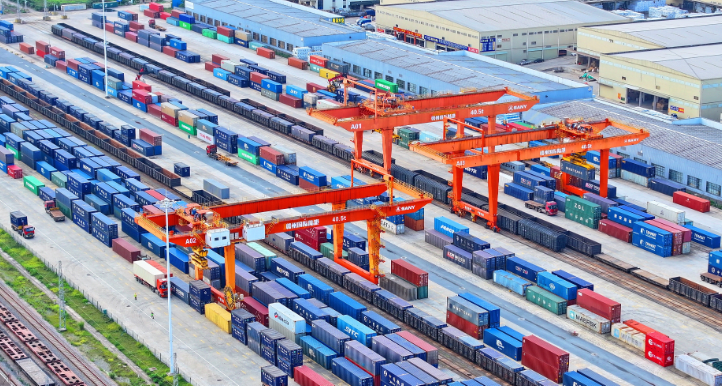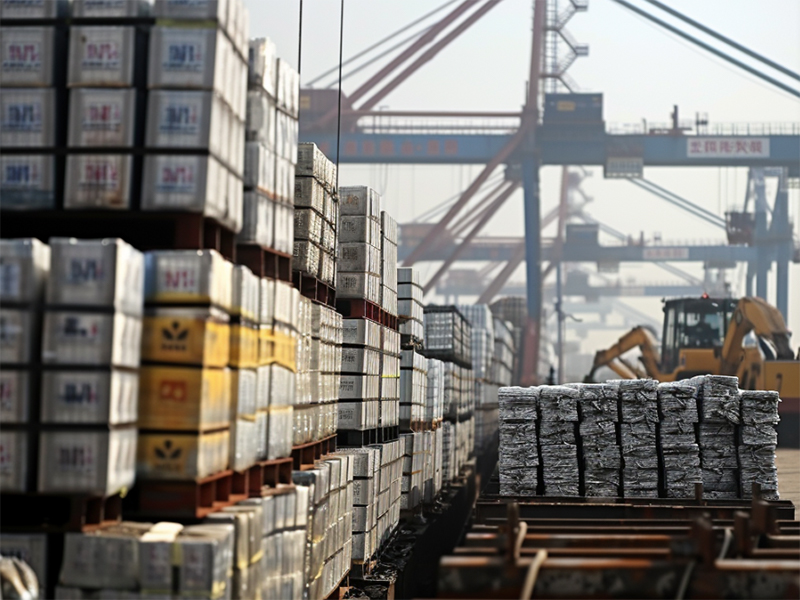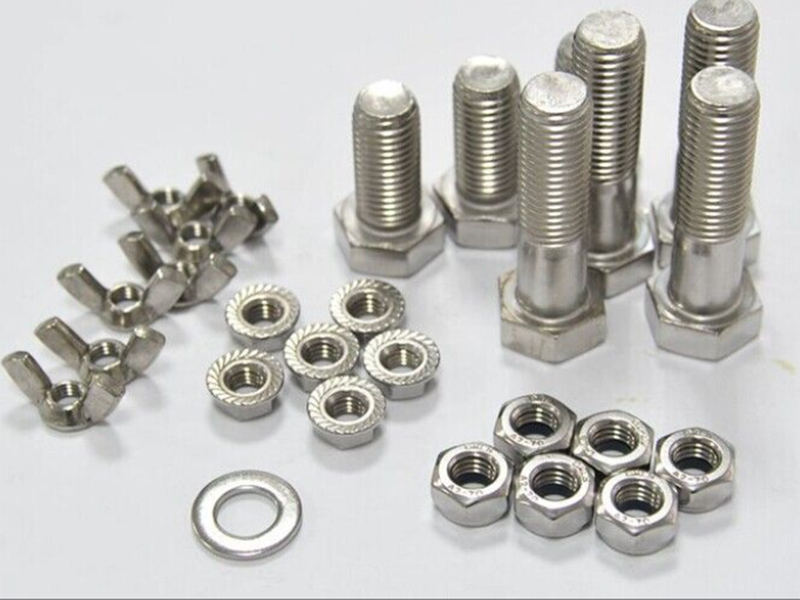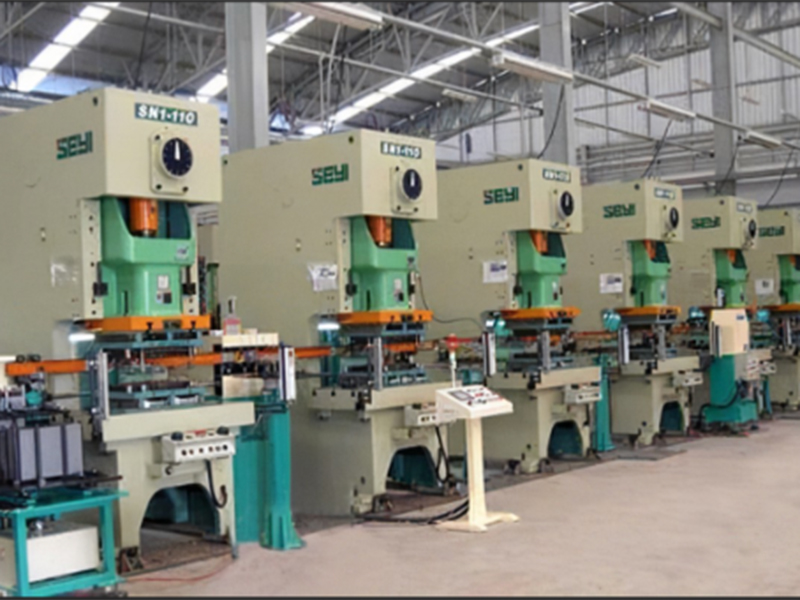Trends and Outlook of China's Stamping Industry in 2023: A Comprehensive Analysis
Industry Dynamics:
The industry's supply chain begins with raw materials like non-ferrous metals and steel, with downstream applications spanning automotive, home appliances, and more. A robust industry structure is crucial, particularly as precision manufacturing becomes the cornerstone of advanced production.
Key Trends and Developments:
1.Technological Advancements: As market demands evolve, stamping is expected to progress towards lower costs, shorter lead times, and higher precision. Advanced materials such as custom alloys, ultra-high-strength plates, and composite aluminum are poised for extensive application, addressing the challenges of lightweighting in the automotive sector.
2.Complexity and Integration: To reduce manufacturing costs and streamline processes, there is a growing trend towards increased complexity and integration of components. Parts integration is on the rise, leading to more intricate forming processes. This shift is particularly evident in the automotive sector, where the integration of components is aimed at reducing the number of parts and simplifying assembly.
3.Market Expansion: With the demand for small-batch, diversified, and personalized production on the rise, stamping technologies are expected to become more flexible and adaptable. This flexibility aligns with the industry's response to market changes, catering to diverse and personalized needs.
Future Directions:
1.Scientific, Digital, and Controllable Processes: Stamping processes are set to become more scientific, digital, and controllable. The application of artificial intelligence simulation technology and intelligent control will play a crucial role in predicting and controlling the forming process, ensuring higher predictability of product quality, costs, and benefits.
2.Automation and Efficiency: Automation is becoming increasingly integral to large-scale production in response to growing market demand. The automation trend emphasizes longer tooling lifespans and higher production efficiency.
3.Rapid Analysis and Evaluation: The ability to rapidly analyze and evaluate product manufacturability and forming processes will witness significant growth. Quick assessments from the early stages of product design will become essential to ensure rapid analysis of the formability of components and the assurance of required performance.
4.Enhanced Flexibility: Stamping technologies are anticipated to exhibit greater flexibility to adapt to future trends like small-batch, multi-variant production, and the increasing diversity of market demands.
Conclusion:
As we step into 2023, China's stamping industry is at the cusp of transformative changes. Technological advancements, market dynamics, and a commitment to precision manufacturing are steering the industry towards a future characterized by innovation, efficiency, and adaptability. The journey towards intelligent, automated, and flexible stamping processes is not just an industry trend but a strategic response to the evolving landscape of manufacturing in China.
For a more detailed analysis, refer to Co-Research Institute's "2022-2028 China Stamping Industry Survey and Development Outlook Report." Co-Research Institute offers a comprehensive range of industry research, policy analysis, and solutions to facilitate informed decision-making in the rapidly evolving business environment.






